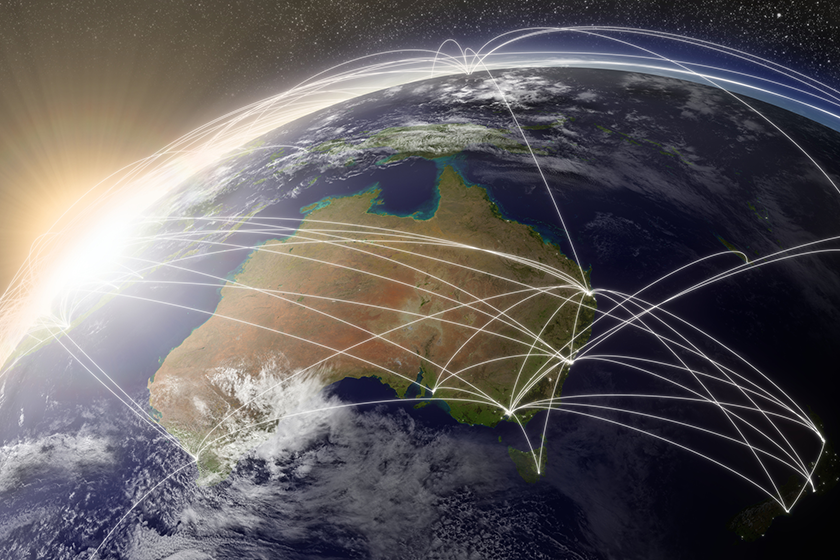Australia’s construction industry must help build a sustainable...
Financial viability alone is no longer enough, the building sector must look at its carbon budget.
Free trade agreements (FTAs) between countries or trading blocs make trading easier and less costly by eliminating or reducing tariffs – and small businesses that can navigate them may benefit from growth opportunities.

FTAs reduce or remove import tariffs, making products and services from overseas more affordable for consumers in an importing country, and removing one barrier to international expansion for businesses in an exporting country. With more businesses taking the opportunity for expansion into new markets offshore, those businesses can employ more people and economies grow.
There’s a delicate balance to strike in any FTA, of course – with gains come potential drawbacks, such as the proliferation of imports from regions with lower labour costs, which can compete with and price out local manufacturers.
Care must also be taken to avoid over-reliance on a specific export market – a risk well demonstrated by the recently lifted “punitive levies” imposed by China on Australian wine.
“The tariffs, of up to 218.4%, were first imposed in March 2021 for a period of five years along with a host of other trade barriers on Australian commodities when ties soured after Canberra called for a probe into the origins of COVID-19,” Reuters reported in March.
"Since 2020, China's duties on Australian wine effectively made it unviable for Australian producers to export bottled wine to that market. Australia's wine exports to China were worth $1.1 billion in 2019."
Australia’s current agreements are listed below. Others, including with the EU, UAE and Gulf Cooperation Council, are in discussion.

According to the Department of Foreign Affairs and Trade, China is by far and away Australia’s top export market, worth $203.5 billion of Australia’s $686.2 billion total exports in 2022-23. The total value of exports to China is also increasing, with 13.2% growth between 2021-22 and 2022–23. Here’s how the top 15 rank.
If a business is interested in seeking new markets offshore, the best place to begin is the informative Australia’s Free Trade Agreements section of the Department of Foreign Affairs and Trade (DFAT) website.
Each country or bloc’s FTA is broken down into key benefits and outcomes for various sectors within Australian business, and is also segmented into the agreements’ effects on goods, services and movement of people.
On DFAT’s FTA Portal, users can enter keywords and product codes for a simple search of tariffs and trade agreement tariff cuts. If a specific product or service is eligible for tariff cuts and preferential treatment under a specific FTA, documentation may be required to confirm eligibility.